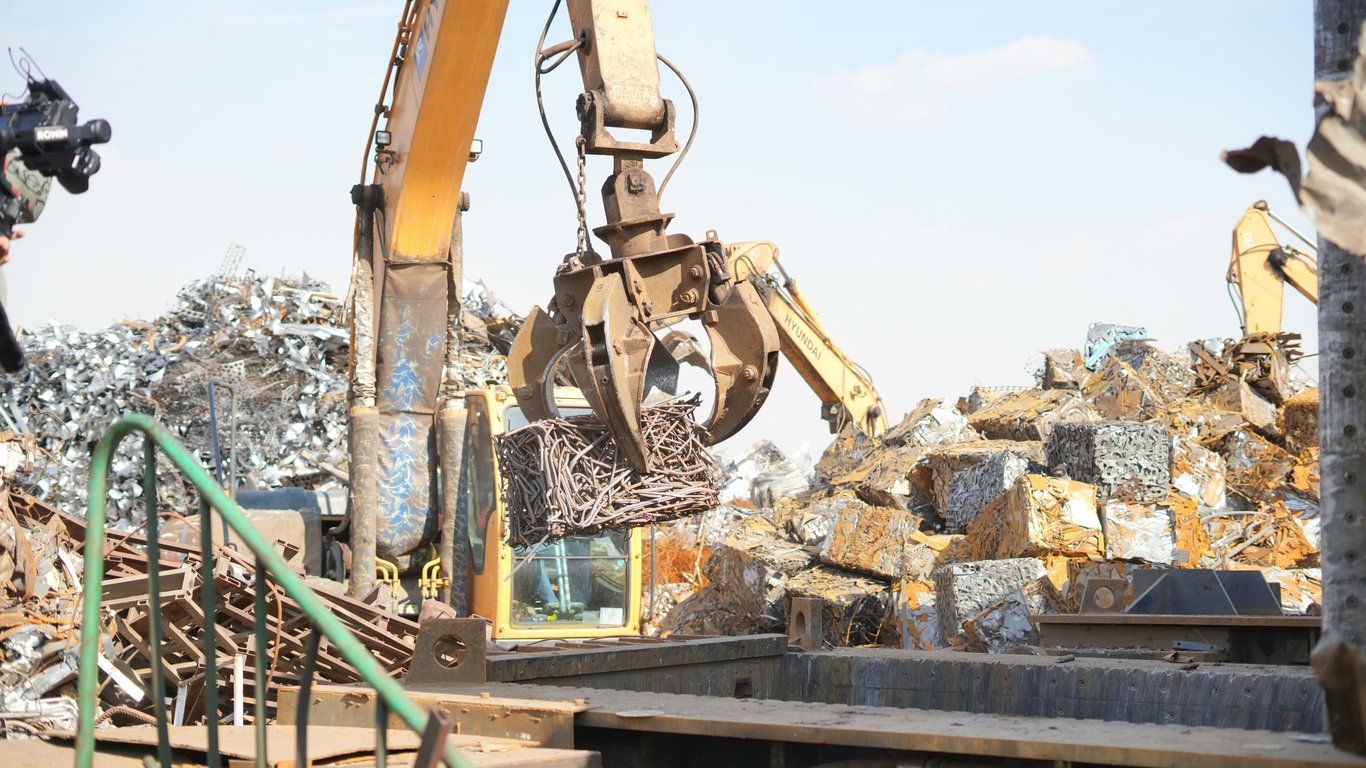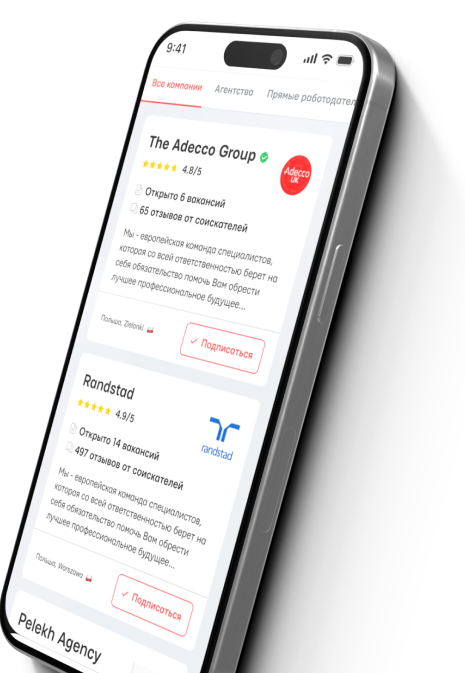What is data mining in simple words.


Data, as information, can enable earning especially in the era of modern technologies. This is the basis for cryptocurrency or even trading in various markets. In this context, many terms are important, such as data mining. It is important to understand what data mining is, how it works, and what it can actually be useful for.
In exploring the topic of what data mining is, one will have to learn a couple of related terms. In general, simply put, it is the extraction of useful information from a large array of data.
What is data mining (a decoding for beginners)?
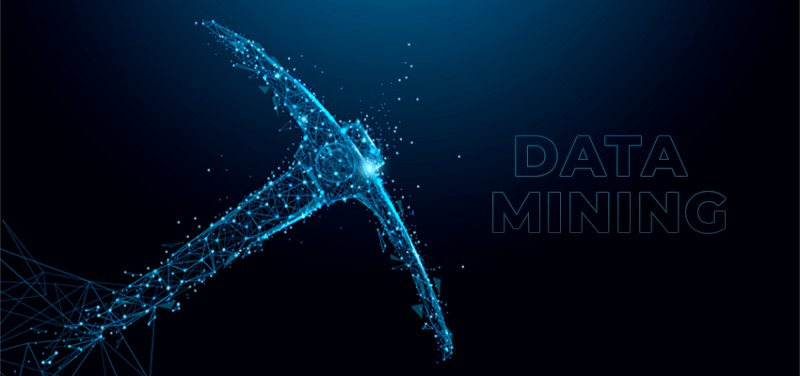
So, it is quite a simple process of data extraction. Modern technologies allow for the analysis of enormous amounts of data and finding hidden patterns in it that help make more effective decisions. Therefore, this process is more than necessary. It is often used in marketing, banking, healthcare, science, and many other fields where information about behavior or preferences is important. In general, it has a broad functionality that emerging investors should definitely learn about.
There are also certain distinctions, as at first glance it may seem that this is merely data processing. However, in reality, it is the search for hidden information. Simply put, data mining helps find valuable "treasures" in a sea of information that can be used to improve various processes and products.
The principle of data mining operation
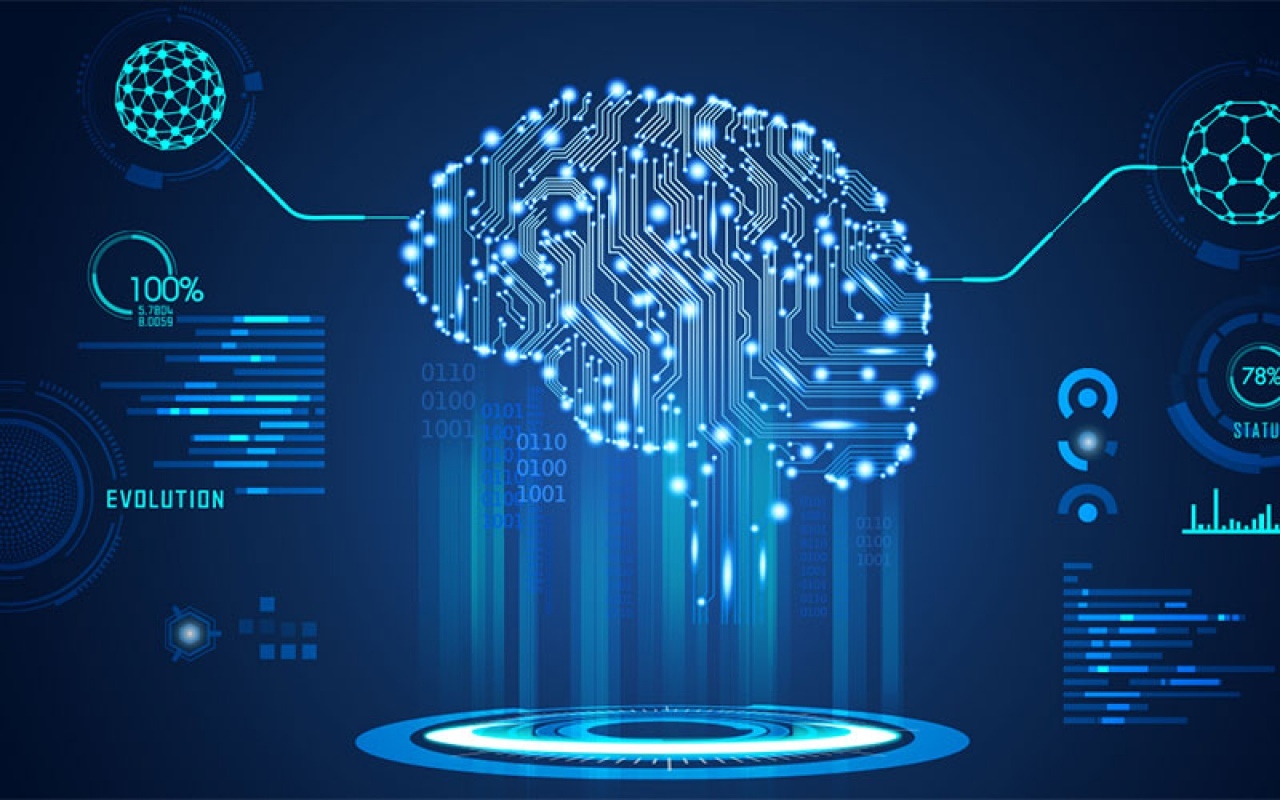
Therefore, data mining has a whole algorithm for operation. It uses certain statistical methods and machine learning techniques to process large volumes of information. This forms the basis of its operation principle. That is, data analysis takes place but as a secondary process rather than the primary one. Only after analysis can one determine which subsequent algorithm (model) to use. This means that one needs to find patterns and anomalies.
The main stages of data mining that can be highlighted are:
-
Firstly, data collection is conducted. Primarily, data that may include information about customers, users, events, and transactions is gathered. In general, a lot of information is needed, and the more, the better.
-
Next, the so-called data cleaning needs to be performed. At this stage, duplicates, errors, or inaccurate data are excluded so that the information is more precise.
-
Then the processing of the already cleaned data begins. The data is brought to a uniform format so that all elements can be analyzed.
-
Next, they need to be analyzed. Algorithms are used to find patterns, trends, or anomalies.
In the end, all results need to be interpreted. The information obtained is interpreted and used to improve processes or make decisions.
Where can data mining be applied?
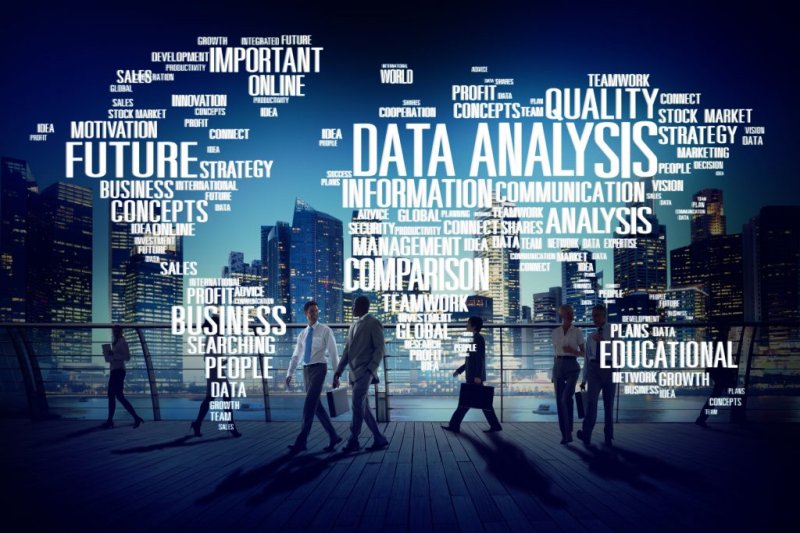
In general, various companies usually use data mining. This helps improve all processes in business. Then quality products can be delivered. Several examples of how data mining can work are:
-
In marketing, data mining is simply indispensable. Companies analyze customer purchase data to offer personalized promotions and discounts.
-
Data mining can also be useful in banking. It helps banks identify suspicious transactions, reducing the risk of fraud.
-
Data mining can be useful in the field of medicine. Analyzing data about patients helps diagnose diseases at an early stage and predict potential health risks.
-
In retail. Based on data about customers' online behavior, stores offer personalized recommendations.
Data mining has its own methods that optimize the entire process. The techniques that are most commonly used include:
-
Clustering. This method groups data based on similar characteristics.
-
Classification method is also used. Data is categorized into specific categories.
-
Association rules. This method allows for identifying relationships between events.
-
Time series analysis is also conducted. It allows for analyzing data that changes over time.
As an option, regression analysis is also used in data mining. It assesses the impact of one or more variables on others.
Features and advantages of data mining

Such a process has its pros and some cons. Like any tool, data mining has its advantages and disadvantages. What advantages can be highlighted:
-
Making decisions that are as efficient as possible. Data mining helps rapidly find useful information that improves decision quality.
-
Also, thanks to data mining, there occurs so-called personalization. Through data analysis, companies can create personalized offers for clients.
-
It also allows for managing risks. Data mining helps identify potential risks and minimize them.
-
Through such mining, overall productivity can also be increased. Thanks to automated data analysis, processes become more efficient.

However, one must also mention the downsides of data mining. What is being talked about:
-
Data mining has serious privacy issues. Collecting and analyzing data can invade personal space.
-
There are often difficulties with the interpretation of diverse information. Data mining requires specialized knowledge for interpreting the obtained data.
-
For such analysis, only high-quality data is needed. Effective analysis requires accurate and high-quality data.
-
At the same time, a significant amount of resources must also be spent. Implementing and maintaining data mining requires financial investments.
There are also many programs and tools that help automate the data analysis process. They need to be used in different conditions and with different frequencies. That is, there is no point in focusing solely on one tool. They can also be combined, which is also convenient. This refers to R and Python, SAS and SPSS, or RapidMiner and Weka. Each of these tools has its own advantages and features.
Read also
- Leaped forward — how prices for apartments in Uzhhorod have soared
- New report for individual entrepreneurs - which document needs to be submitted and to whom
- Police Salary Structure — What It Consists Of in 2025
- Sell copper on OLX — what is happening with scrap prices in July
- The wallet is not holding—what products have risen in price the most
- Severance Payments for Employees — What to Consider in 2025



